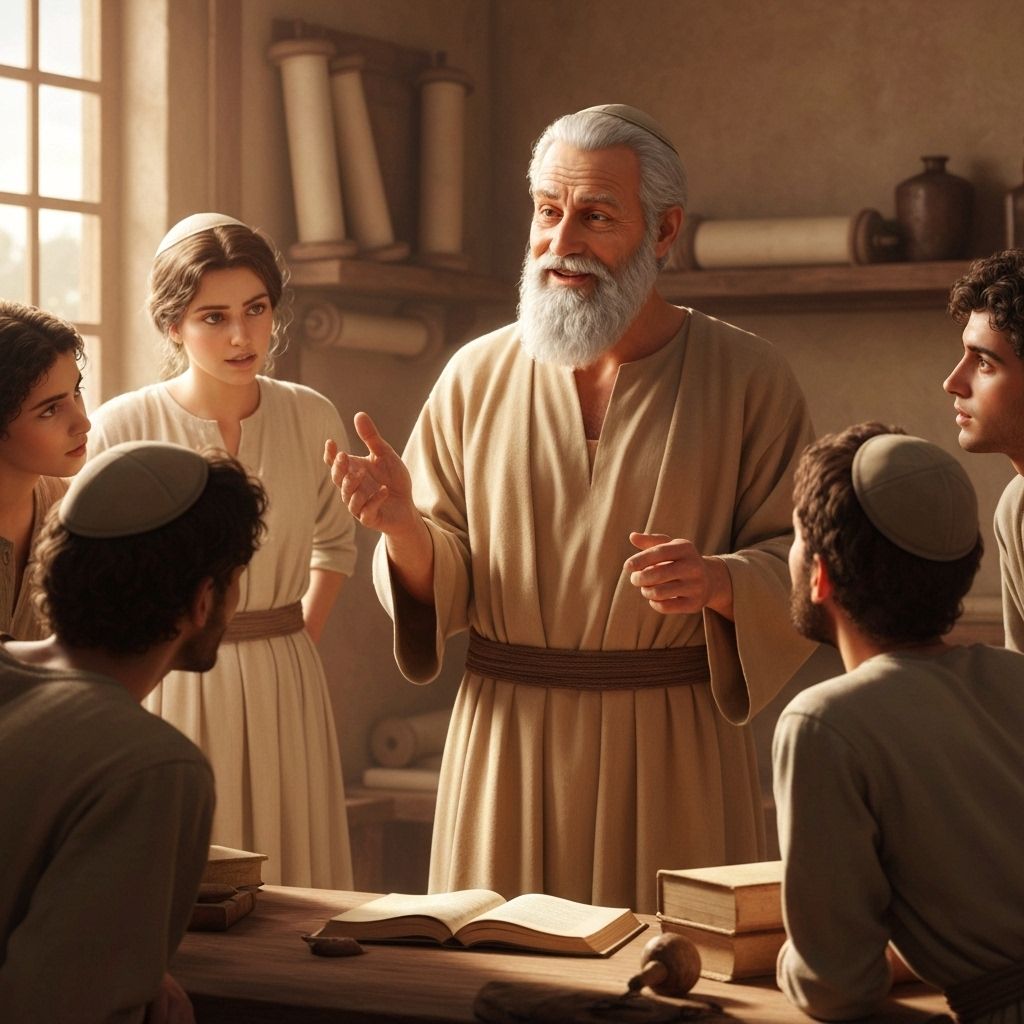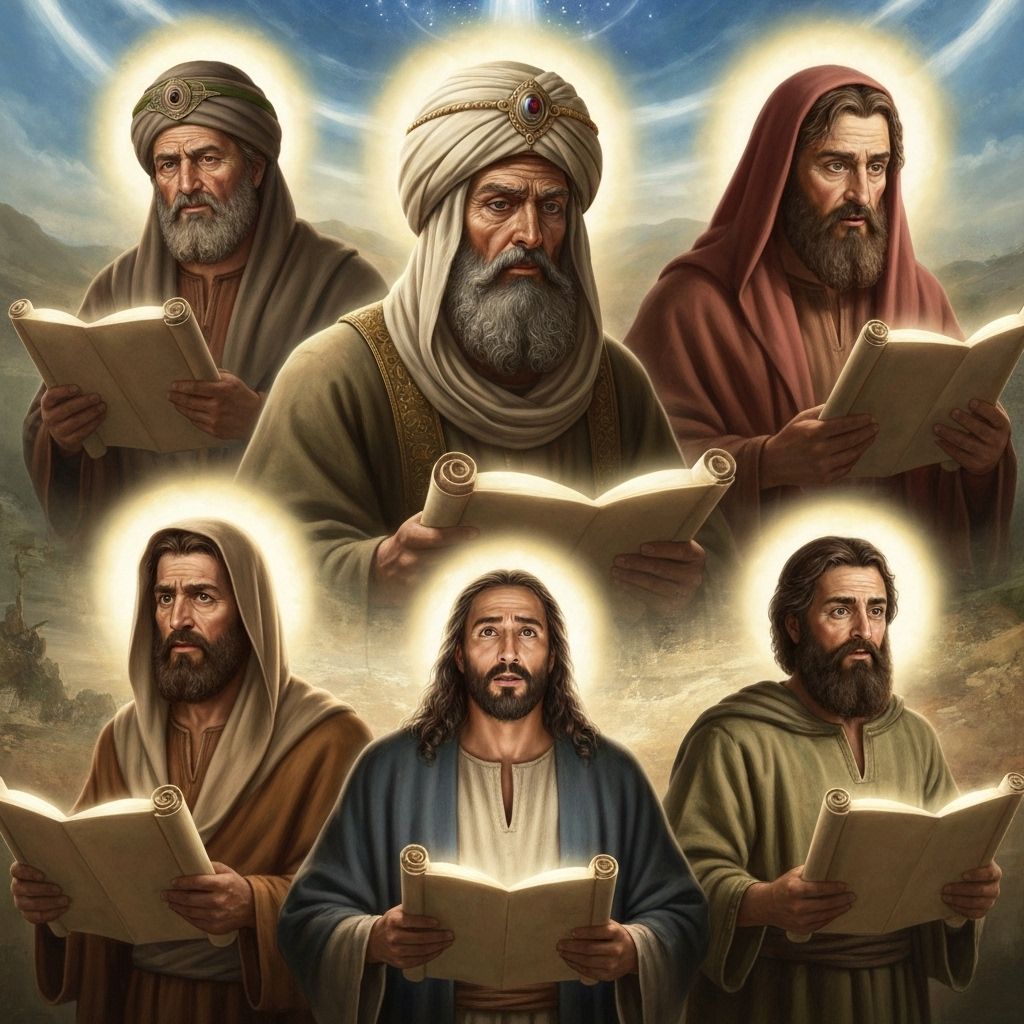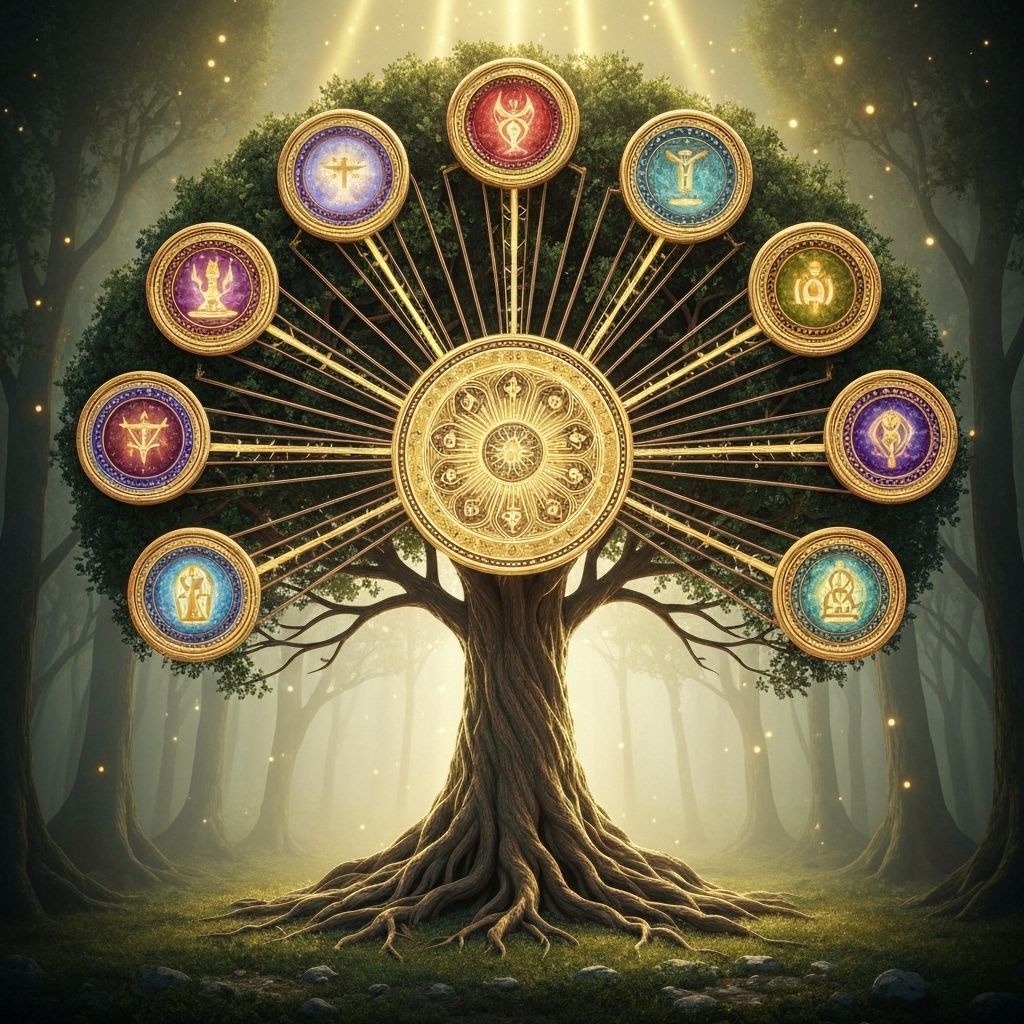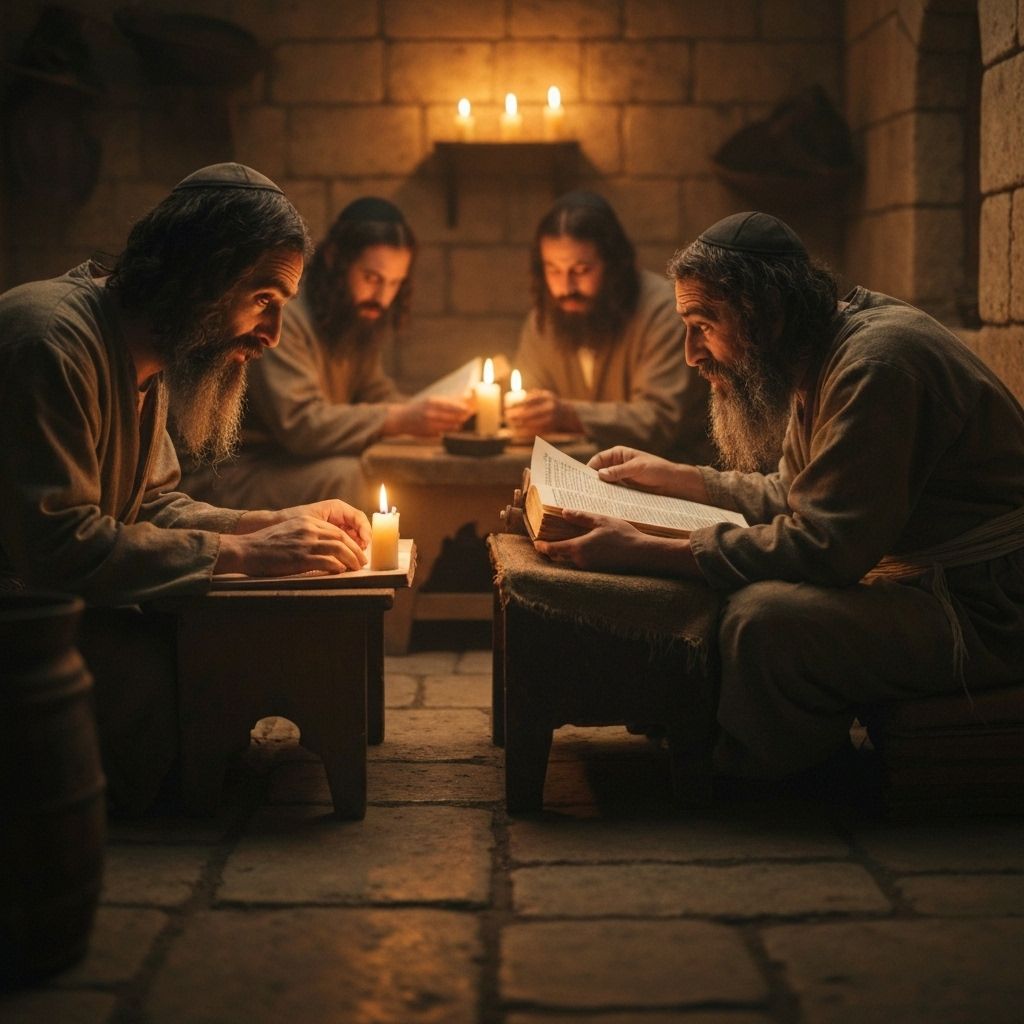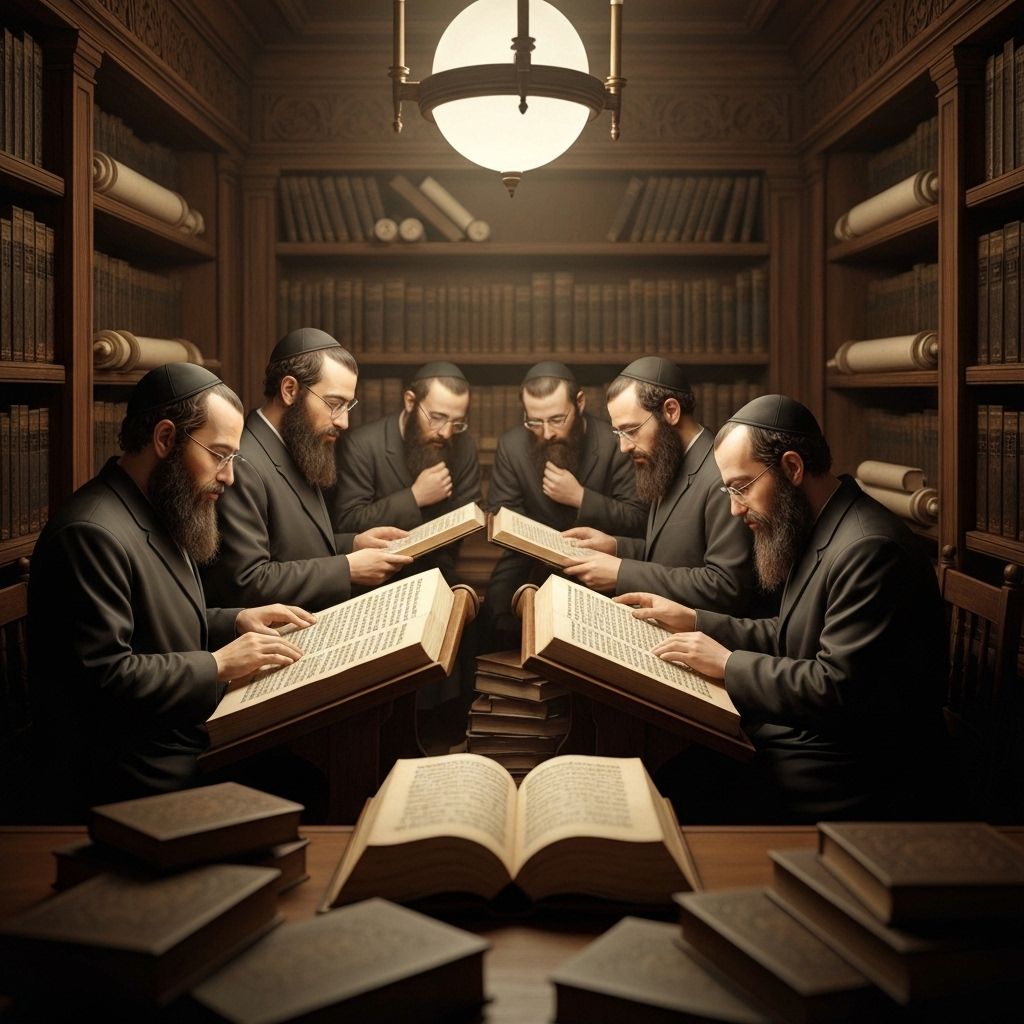3-Minute Summary
The Words of the Torah Explained with Help from Rashi and Ramban
Rashi (1040-1105) was a medieval French rabbi whose commentary on the Torah and Talmud is considered essential reading. His explanations focus on the plain meaning of the text and are known for their clarity and accessibility.
Ramban (1194-1270) was a Spanish rabbi, physician, and philosopher who provided deeper mystical and philosophical insights into the Torah, often building upon Rashi's work while adding his own profound interpretations.
The parsha opens with Pharaoh's final release of the Israelites, motivated not by repentance but by the devastation of the tenth plague. This reluctant liberation shows that divine justice can compel even the most stubborn oppressors to yield, though not necessarily to change their hearts.
Hashem hardens Pharaoh's heart one final time, leading him to pursue the Israelites with 600 chariots and all the cavalry of Egypt. This pursuit represents the final confrontation between divine purpose and human arrogance, where Pharaoh attempts to reclaim what divine justice has liberated.
The Israelites' panic at seeing the Egyptian army approaching demonstrates the challenge of maintaining faith immediately after liberation. Despite witnessing ten plagues and the Passover miracle, they cry out in fear, showing that spiritual memory requires constant renewal.
Moses' reassurance that Hashem will fight for them establishes the principle of divine warfare, where human weakness becomes the arena for divine strength. Hashem promises that the Egyptians they see today they will never see again, demonstrating absolute divine protection.
The pillar of cloud and fire represents Hashem's active presence and guidance. By day it provides shade, by night it provides light, showing divine care for both physical comfort and spiritual direction during the Israelites' vulnerable journey.
The parting of the Sea of Reeds is described with the Hebrew word 'vayikra' (and he called), suggesting that Hashem spoke to the sea as He spoke at creation. This miracle demonstrates that the same divine power that created the world can reshape it for the sake of human redemption.
The Israelites cross on dry land between walls of water, experiencing both miracle and natural law simultaneously. The ground is dry yet the water stands firm, showing how divine intervention can suspend natural processes without violating them entirely.
The drowning of the Egyptian army represents the complete victory of divine justice over human oppression. The 'horse and rider' imagery symbolizes the defeat of military power, establishing that no human force can ultimately resist divine will when it acts on behalf of justice.
Miriam leads the women in song and dance with timbrels, creating the first recorded women's prayer service in Jewish tradition. Her leadership shows that spiritual celebration and expression have distinct roles for different members of the community.
Moses' Song of the Sea is the oldest recorded religious poetry, celebrating Hashem's eternal reign and personal care for Israel. It transforms the miracle from a historical event into liturgical poetry that will be recited forever, ensuring the memory of divine deliverance.
The bitter water at Marah tests the Israelites' faith immediately after their great victory. Their complaint to Moses shows that liberation doesn't automatically create spiritual maturity—challenges continue even after miracles.
Hashem shows Moses a tree that sweetens the water, teaching that divine wisdom can transform bitterness into sweetness. This incident establishes the principle that challenges are opportunities for divine teaching and human growth.
The oath at Marah—if the people listen to Hashem's voice and do what is right, no disease will befall them—establishes the conditional nature of divine protection. Obedience to divine will creates health and blessing, while disobedience leads to suffering.
The arrival at Elim with its twelve springs and seventy palm trees provides physical rest and spiritual symbolism. The twelve springs represent the twelve tribes, while the seventy palms may symbolize the seventy nations or the seventy elders, showing divine provision in both physical and spiritual dimensions.
The complaint about hunger despite the miraculous sea crossing shows human ingratitude and the challenge of maintaining faith. The Israelites demand the fleshpots of Egypt, forgetting both their slavery and their recent deliverance.
Hashem promises to rain bread from heaven, establishing the manna as both a physical provision and a spiritual test. The instruction to gather only what is needed for each day teaches trust in divine providence and rejects hoarding based on fear.
The double portion on Friday for Shabbat introduces the concept of Shabbat preparation and rest. This miracle anticipates the giving of the Torah and establishes the rhythm of work and rest that will define Jewish time.


